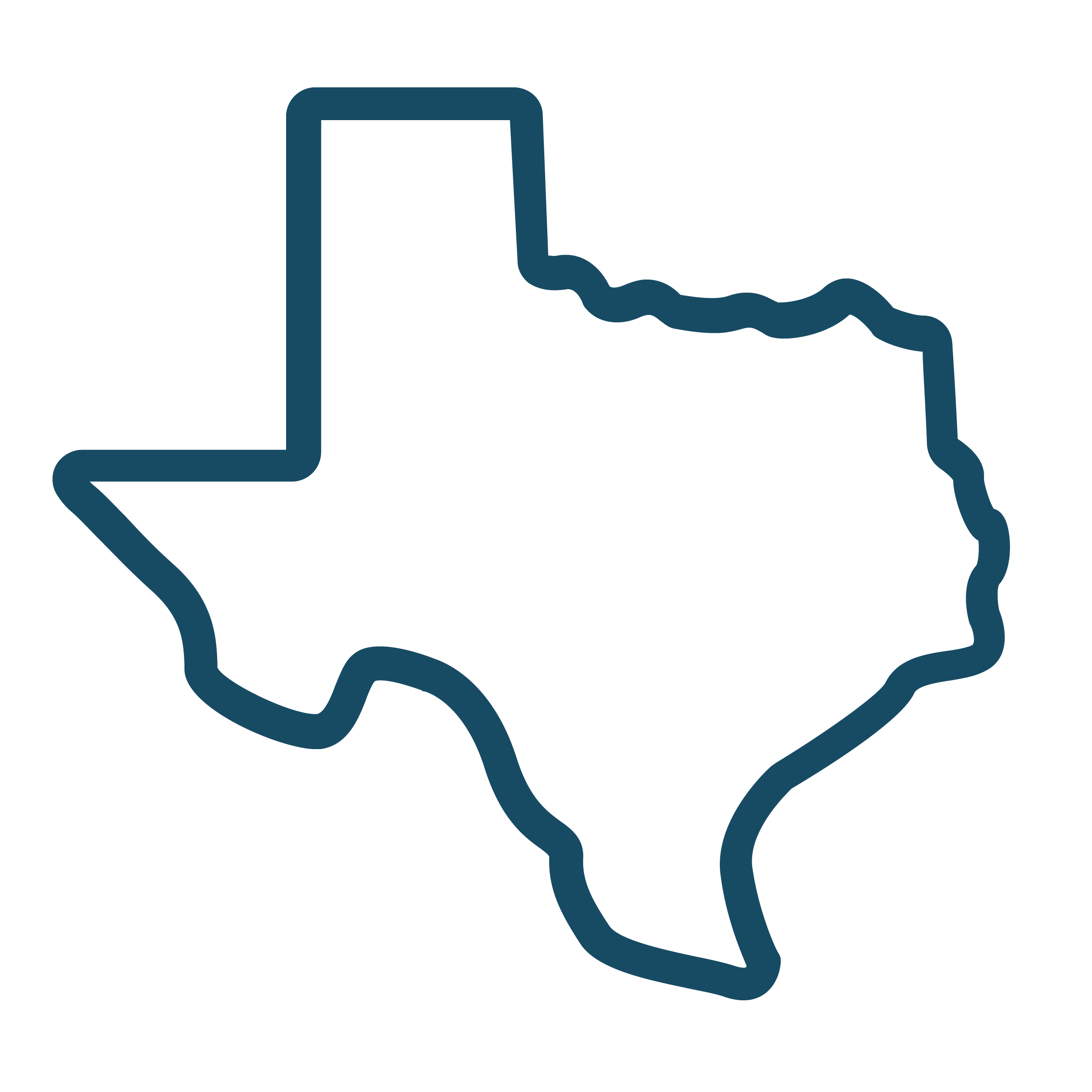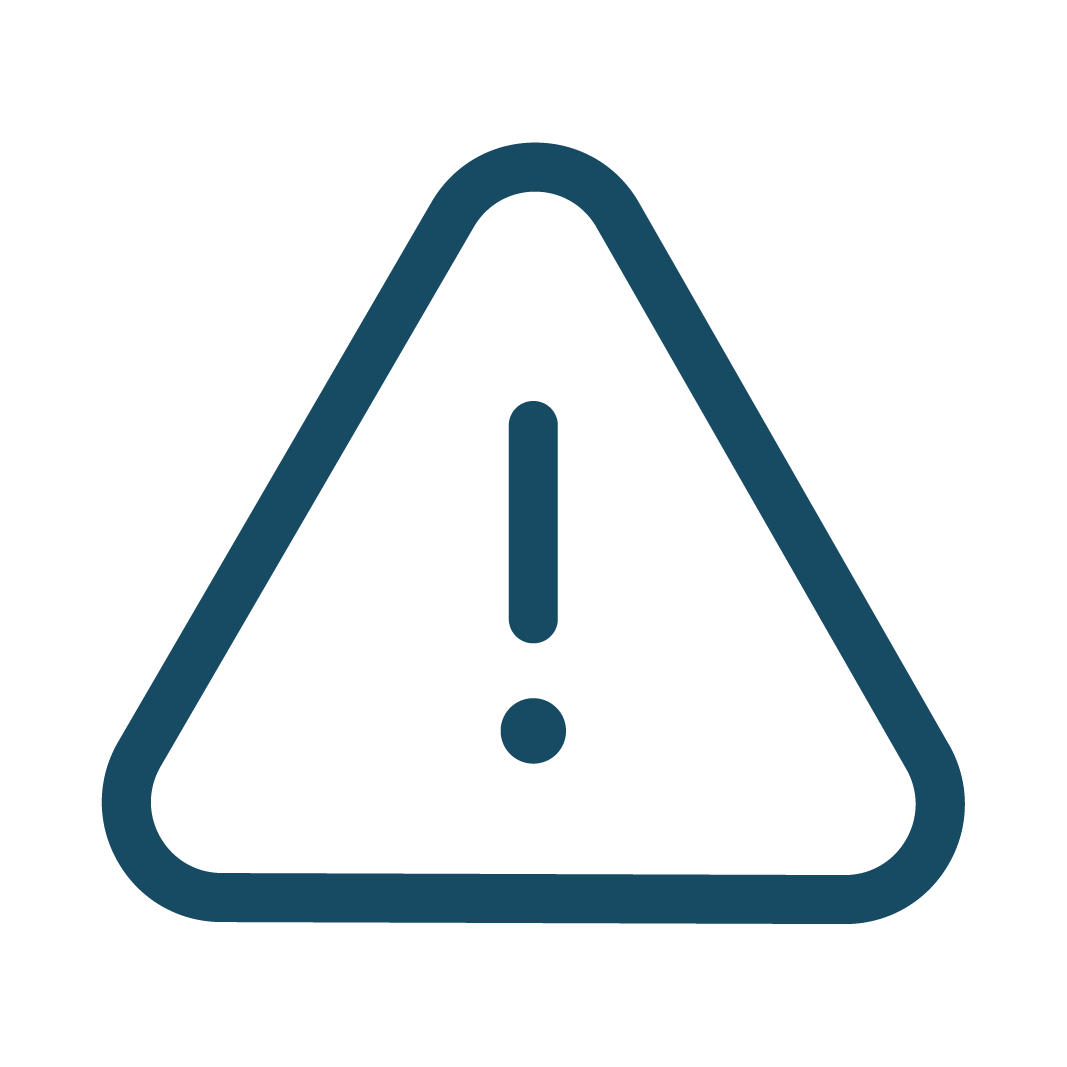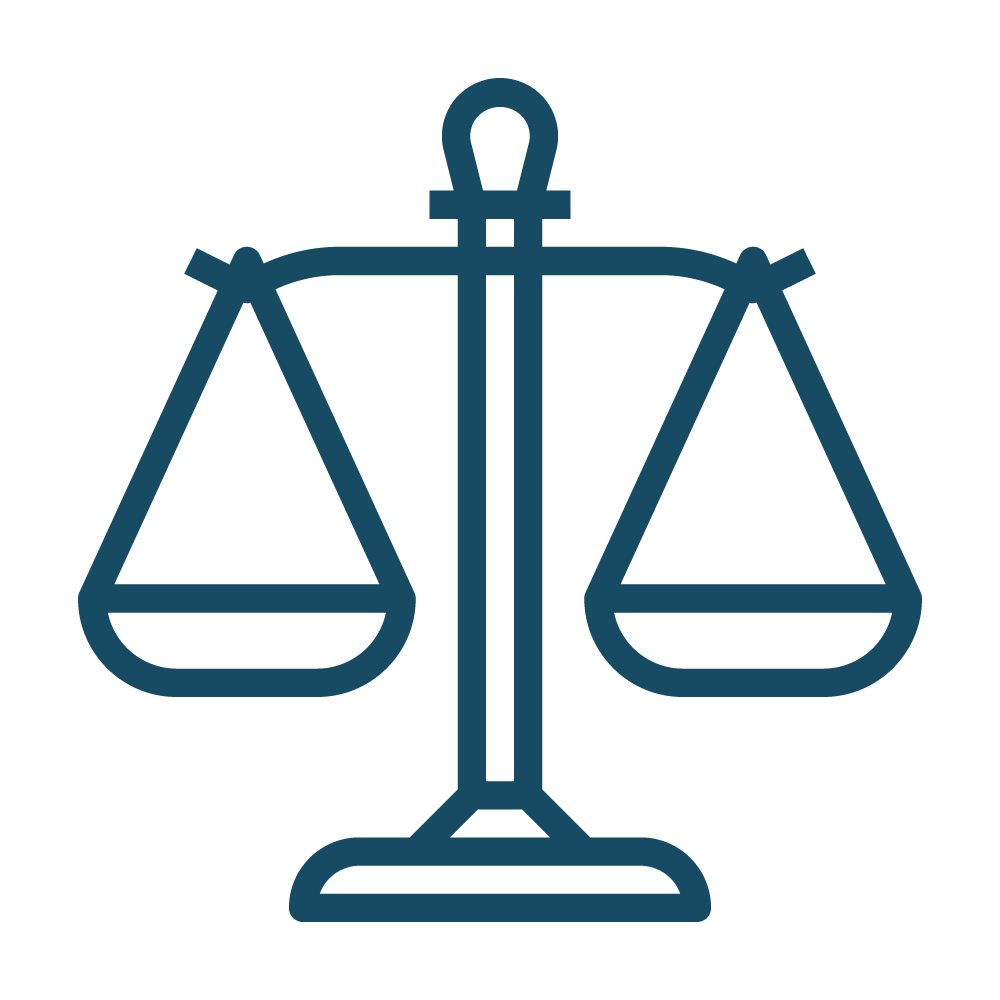Coerced Debt
Survivors of domestic violence face numerous obstacles to becoming safe and rebuilding their lives. Even after personal safety challenges are addressed, recent studies have found that economic abuse, in the form of coerced debt, lingers through the bad credit caused by the abuser. Coerced debt is debt incurred by an abuser, in the name of a victim of domestic violence, through threat, force or fraud. It is a form of coercive control, identity theft, and economic abuse. Consumer reports and credit scores impact vast parts of our economic lives — from the ability to rent an apartment and get a job to the cost of insurance and credit. By expanding awareness of coerced debt and its impacts on survivors of domestic violence, as well as promoting policy solutions to address this growing problem, we can offer key economic support to survivors of domestic violence to gain, maintain or rebuild financial security.
More Resources
Press Releases
Media Coverage
Other Work
Learn about other justice issues we work on
Key Statistics
93%
93% of survivors of domestic violence in Texas experience economic abuse. (2018 Texas State Plan, at 108)
51%
51% of survivors surveyed in Texas and Louisiana, experienced coerced debts. (CSAJ, 2022 at 8)
1 Toolkit
Texas Appleseed, in partnership with the Texas Coalition on Coerced Debt, published a toolkit, in both English and Spanish, to help survivors recover from coerced debt.










